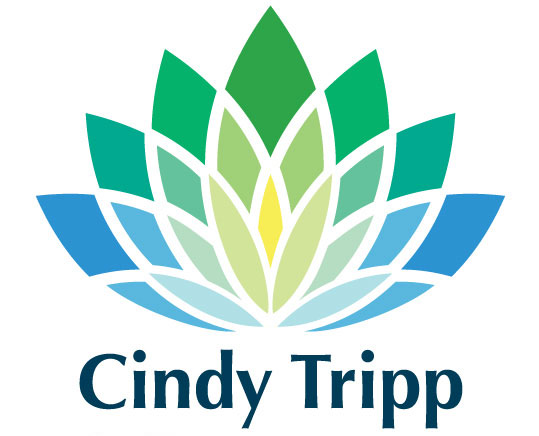Crowd Sourcing is all the rage. Loans, venture capital, logos, they are all capable of being sourced from strangers, thanks to the power of technology. It is enticing. Yet, crowds are collections of invisible, unseen people who don’t know each other. They don’t have a deeper connection with one another. In today’s fast moving world, if you are just a member of a crowd, it can be lonely. After all, “crowds push and shove to get personally ahead” as Doug Ulman of Livestrong says. He also notes “isolation is fatal and shrinks possibilities”. In community, however, you are not alone. You “look them in the eye and shake hands” so that you all move forward together. Social Media can offer both crowd and community opportunities. You can be part of a crowd that “likes” something or part of a community such as alumni pages or custom communities of common interest and dialog.
Design Thinking counts on community. It lives in the world of direct eye contact and first hand observation and the dismantling of silos. It is a land of possibilities. Design Thinking doesn’t work in the anonymity of crowds: they are too large to really engage and engagement is essential to a Design Thinking process. It works on the personal. Having a team get connected to one another is essential so they can experience the healthy tension that leads to breakthrough, that emergent idea that no one has ever considered before. Design Thinking seeks to build deep empathy with its stakeholders and customers. Again, this is about building community between the provider and the receiver. By building this community, you can see where the opportunities are.
This community building has another lasting benefit: you feel a part of something bigger than yourself. You belong. And the end of most Design Thinking experiences I have led people feel energized, hopeful, encouraged, connected and ready. These feelings cascade into positive intentions and actions in the workplace…a positive cultural ripple effect of working in community with one another through Design Thinking.
Cindy
Take Action
Consider how you engage people in your life. Are they in community with you or simply a faceless crowd? Would it be beneficial to convert one of your crowds to community? How could you move them from the self interests of many to the common interest of community and increase their connectedness and impact? One tip: get them connecting personally first. I know you will see the difference for yourself.

